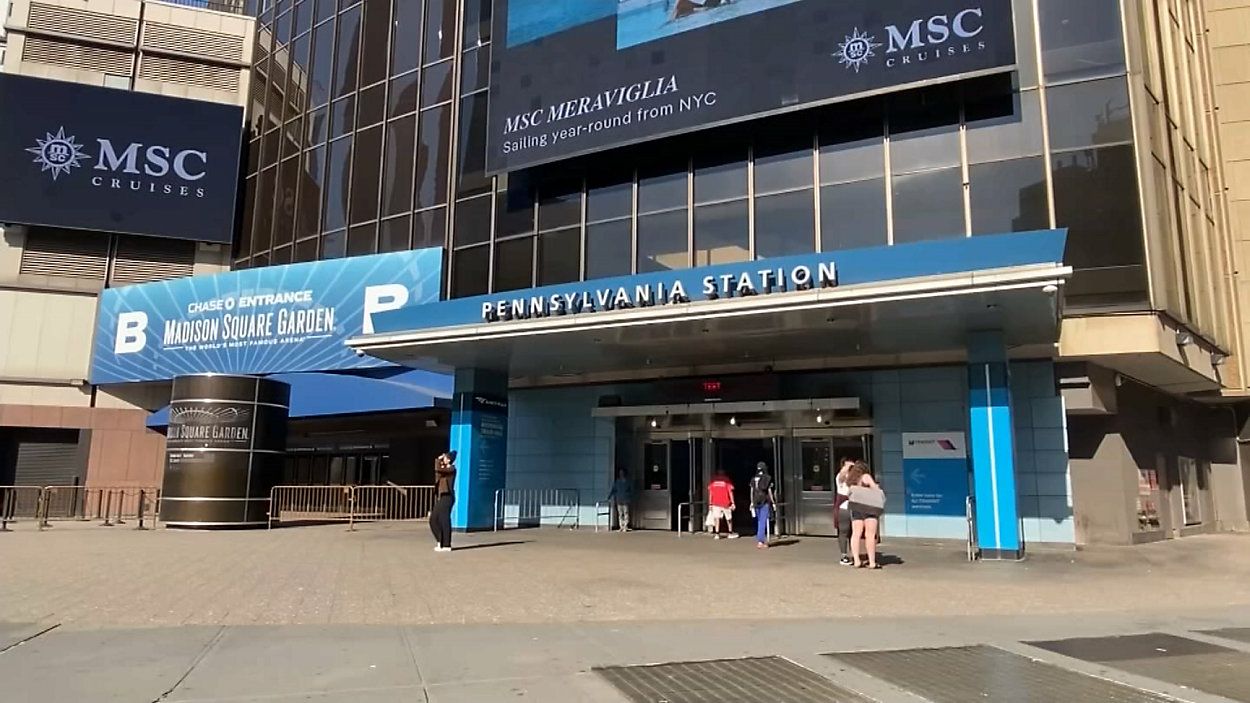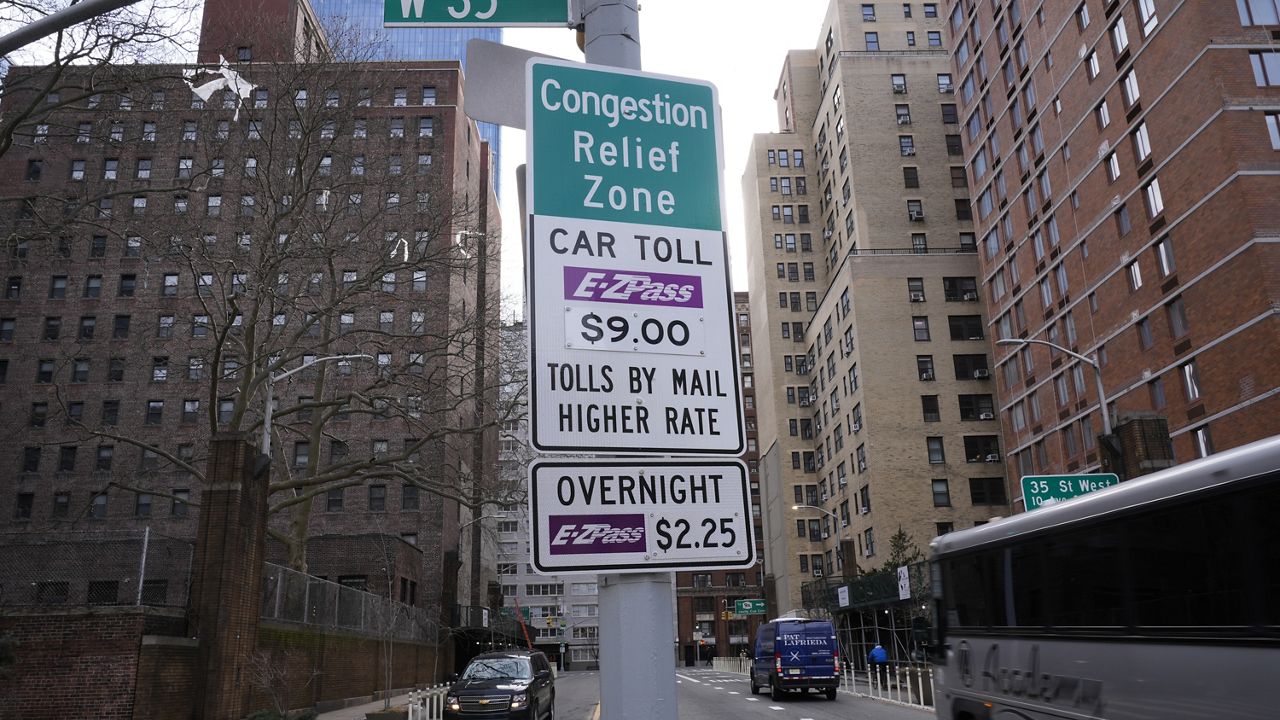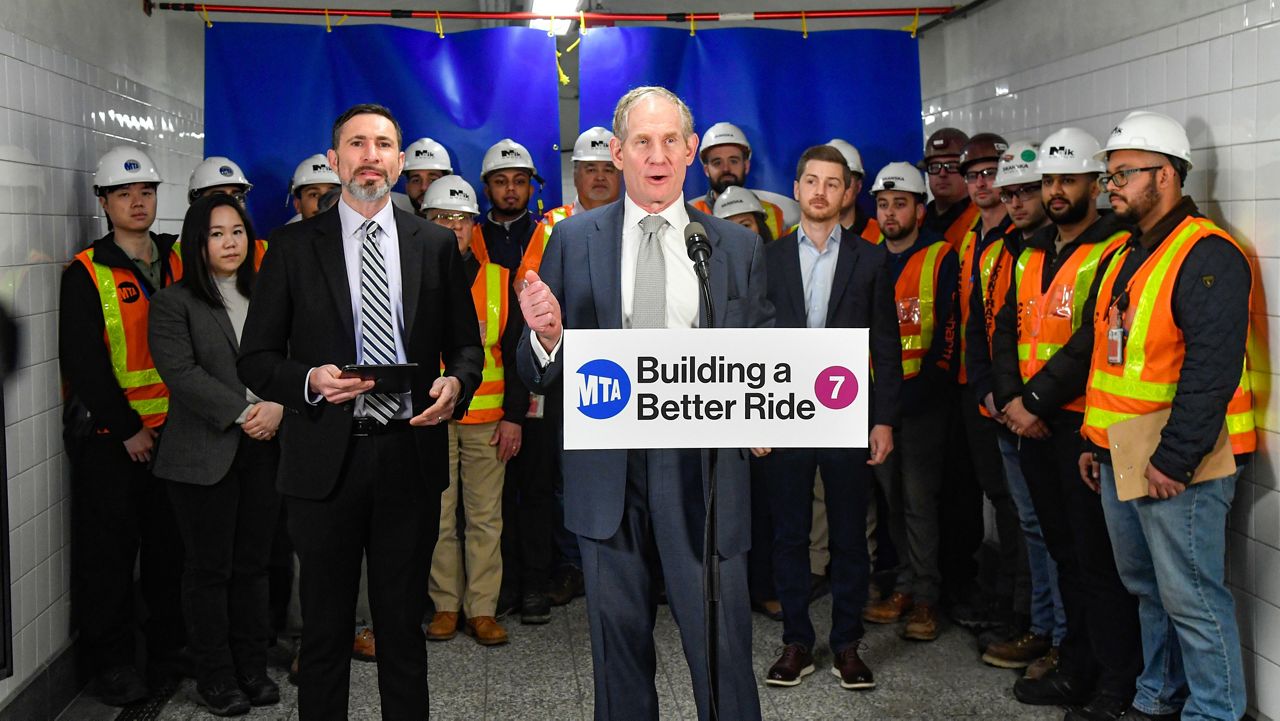In the coming months, the MTA reportedly says construction of protective barriers will begin here, on the 7 train platform at the Times Square station.
It’s one of three stations getting the barriers as part of The Platform Screen Door Pilot Installation program.
The pilot program is estimated to cost $100 million, with platform doors also being installed at the Third Avenue stop on the L train and the Sutphin Boulevard-Archer Avenue stop on the E-line.
Other mass transit systems, like the Tube in London, use similar design concepts to protect riders from falling or being pushed onto the tracks. But not all New Yorkers are convinced this is the right way to go.
Just two weeks ago, a 35-year-old woman was left paralyzed after she was shoved into the side of a moving train at the Lexington Avenue 63rd Street station.
But support for the barriers picked up soon after the tragic death of 40-year-old Michelle Go in Jan. 2022.
Martial Simon, 61, was charged with second-degree murder after he allegedly pushed Go in front of an oncoming train on the N-Q and R platform at Times Square.
His lawyer said doctors at Bellevue Hospital had deemed him mentally unfit to stand trial.
Some New Yorkers think the state should use the money to help those struggling with mental illness in the subways instead of giving it to the MTA for the barriers.
Because of the age and structural issues of a majority of subway platforms across the system, a report by the MTA back in 2019 found only 128 of 472 stations can accommodate the platform screen doors.







